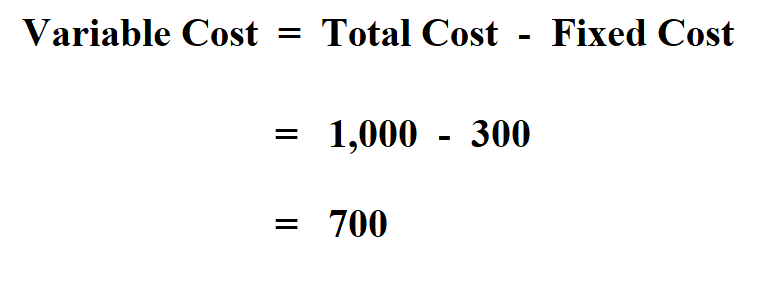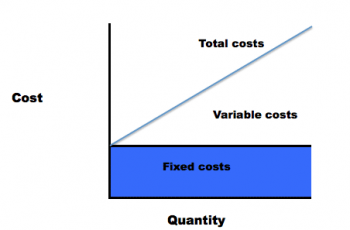What is Variable Cost?
Ahead of discussing how to calculate variable cost, let us define it. A variable cost is a corporate expense that changes in proportion to production output. In other words, they are costs that vary depending on the volume of activity. The costs increase as the volume of activities increases and decrease as the volume of activities decreases.
Some of the examples of variable costs include:
- Raw materials
- Commissions
- Labor
- Production supplies
- Billable staff labor
- Shipping costs
- Credit card fees
- Gas and mileage
Importance of Variable Cost Analysis.
- VC help determine pricing. By performing variable cost analysis, a company will better grasp the inputs for its products and what it needs to collect in revenue per unit to make sure its earning money.
- Additionally, variable costs are an integral part of budgeting and planning as any strategic plans relating to growth, contraction, or expansion to new products will likely incur changes to variable costs.
- Also, this type of cost analysis determine the break-even point. A company can leverage VC analysis to calculate exactly how many items it needs to see to break-even.
- Variable costs determine margins and net income. By performing variable cost analysis, a company can easily identify how scaling or decreasing output can impact profit calculations.
- In conclusion, variable costs impact a company’s expense structure.
Formula to Calculate VC.
Method 1:
To calculate VC, we subtract the fixed cost from the total cost.

Example 1:
The total cost of manufacturing salt is $ 1,000. The fixed cost of the manufacture is $ 300. Calculate the variable cost of the manufacture.

Therefore, the variable cost of the manufacture is $ 700.
Method 2:
The formula to calculate total variable cost is:

Example 2:
Calculate the variable a pet company produces 500 tracking chips for and the variable cost per unit is $20.

Hence, the VC is $10,000.

